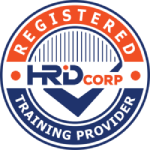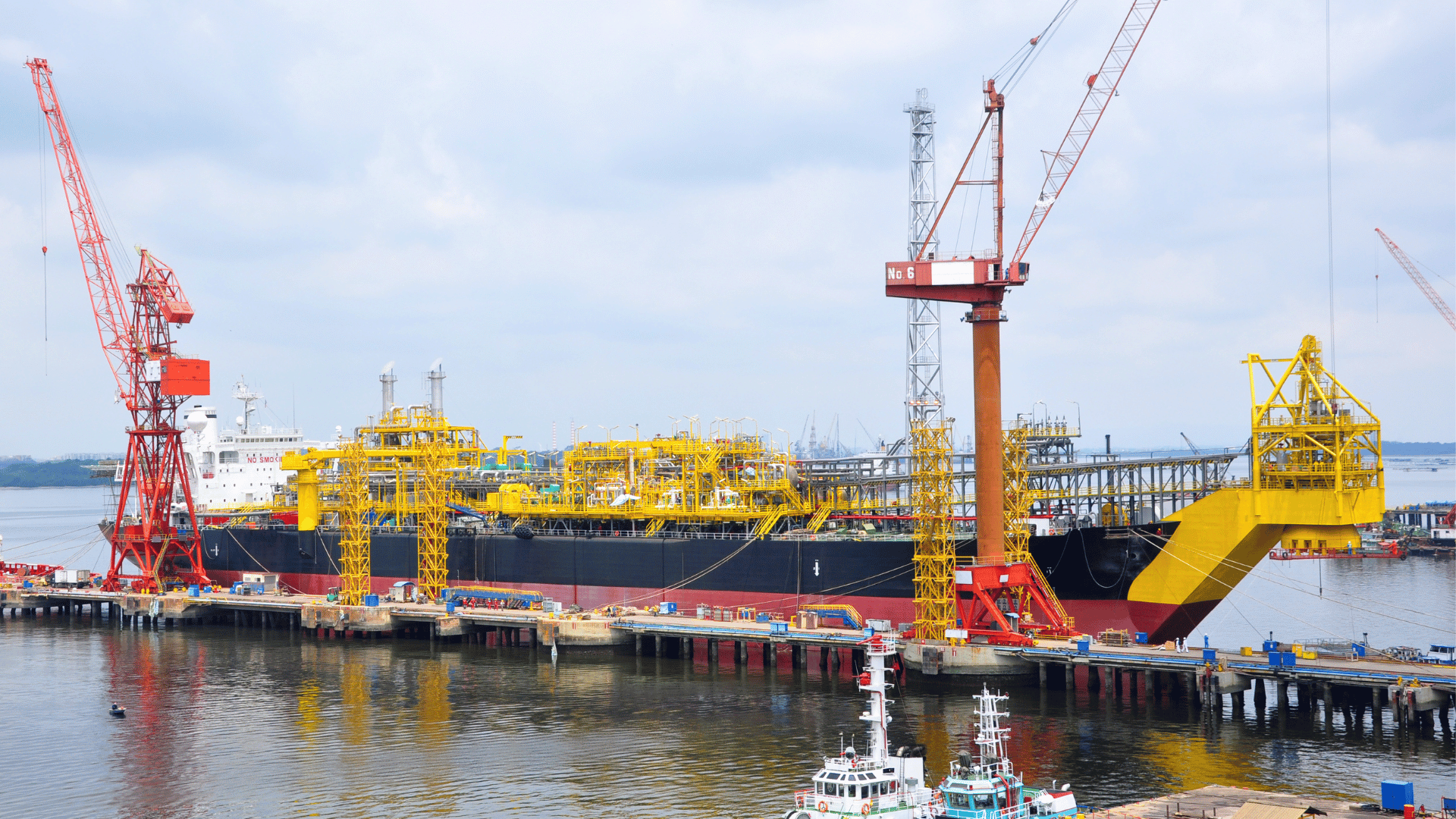About this Training Course
In our pursuit to discover oil & gas in deeper horizons, wells are often drilled in a HPHT environment. To be considered a HPHT well, the downhole conditions will have pressures in excess of 10,000 psi (69 MPa) and 300° F (150° C). To drill these usually expensive wells successfully, the planning and execution phase has to be of an exceptionally high standard. Therefore, both operator and drilling/service contractor staff must be seamlessly aligned and work as a coherent team to reach and then harness the well objectives. This is particularly important when speciality services such as Managed Pressure Drilling (MPD) are being applied with crews and/or supervisors who are not intricately familiar with complicated well control incidents. As we seek to prevent costly non-productive time, attention will also be paid to enabling technologies like expandable solid tubulars, mud coolers and specialty mud.
The 3 full-day course will explain the key characteristics and challenges of HPHT Planning and Well Control. This includes:
- Differences between HPHT and standard (conventional) wells and what this entails for well design.
- The challenges unique to HPHT and the impact of Pore Pressure Prediction (PPP).
- Static and Dynamic Equivalent Mud Density and the factors that influence the ultimate Bottom Hole Pressure (BHP).
- Control practices such as ‘fingerprinting’ to identify what’s happening downhole.
- HPHT shut-in procedures and practices.
- Specific HPHT equipment and drilling tool requirements and advantages of Managed Pressure Drilling (MPD).
- Well control on/off bottom, bull-heading and dealing with kick-loss situations.
- Mud management, tolerance on mud properties and challenges in cementing.
- Case history on emergency control.
- Drills, team effort, checklists, human factor and ‘getting everybody on board’.
By the end of this course, participants will be able to:
- Recognize the main differences in planning/design between HPHT and standard (conventional) wells as well as the challenges that will have to be faced.
- Explain drilling and tripping operational challenges and practices as well as how to manage these effectively.
- Identify wellbore breathing (a.k.a. ballooning) and how to safely deal with this within the narrow window for mud density selection.
- Apply practices of consistent fingerprinting and how to develop procedures for this to benefit the rig team.
- Measure and understand bottom hole pressure and the effect of influencing factors such as temperature, rotation and flow rate.
- Understand the critical mud properties to alleviate barite sag, general mud density control techniques and specify the essentials in cementing.
- Manage losses and low fracture gradients with well bore strengthening methods.
- Execute sound HPHT shut-in procedures.
- Understand how MPD can assist in the safe and efficient drilling and hole cleaning of HPHT wells.
- Understand the use of MPD Influx Management Envelopes.
- Identify critical Early Kick Detection Systems (EKDS) and HPHT well control equipment.
- Execute safe secondary well control practices in a H2S environment, bull-heading, on and off bottom and handling of gas at surface, using MGS and hydrate mitigation measures.
The course is intended for:
- Office-based staff engaged in HPHT well planning and day-to-day operations
- Field-based rig staff working as front-line supervisors – from Assistant Drillers to Senior Toolpushers
- Field-based rig staff working for service companies supporting the execution of HPHT wells (MPD, mud and mudlogging services etc.)
Your expert course leader has over 45 years of experience in the Oil & Gas industry. During that time, he has worked exclusively in the well engineering domain. After being employed in 1974 by Shell, one of the major oil & gas producing operators, he worked as an apprentice on drilling rigs in the Netherlands. After a year, he was sent for his first international assignment to the Sultanate of Oman where he climbed up the career ladder from Assistant Driller, to Driller, to wellsite Petroleum Engineer and eventually on-site Drilling Supervisor, actively engaged in the drilling of development and exploration wells in almost every corner of this vast desert area. At that time, drilling techniques were fairly basic and safety was just a buzz word, but such a situation propels learning and the fruits of ‘doing-the-basics’ are still reaped today when standing in front of a class.
After some seven years in the Middle East, a series of other international assignments followed in places like the United Kingdom, Indonesia, Turkey, Denmark, China, Malaysia, and Russia. Apart from on-site drilling supervisory jobs on various types of drilling rigs (such as helicopter rigs) and working environments (such as jungle and artic), he was also assigned to research, to projects and to the company’s learning centre. In research, he was responsible for promoting directional drilling and surveying and advised on the first horizontal wells being drilled, in projects, he was responsible for a high pressure drilling campaign in Nigeria while in the learning centre, he looked after the development of new engineers joining the company after graduating from university. He was also involved in international well control certification and served as chairman for a period of three years. In the last years of his active career, he worked again in China as a staff development manager, a position he nurtured because he was able to pass on his knowledge to a vast number of new employees once again.
After retiring in 2015, he has delivered well engineering related courses in Australia, Indonesia, Brunei, Malaysia, China, South Korea, Thailand, India, Dubai, Qatar, Kuwait, The Netherlands, and the United States. The training he provides includes well control to obtain certification in drilling and well intervention, extended reach drilling, high pressure-high temperature drilling, stuck pipe prevention and a number of other ad-hoc courses. He thoroughly enjoys training and is keen to continue taking classes as an instructor for some time to come.
Unlock the potential of your workforce with customized in-house training programs designed specifically for the energy sector. Our tailored, in-house courses not only enhance employee skills and engagement but also offer significant cost savings by eliminating travel expenses. Invest in your team’s success and achieve specific outcomes aligned with your organization’s goals through our expert training solutions. Request for further information regarding our on-site or in-house training opportunities.
In our ongoing commitment to sustainability and environmental responsibility, we will no longer providing hard copy training materials. Instead, all training content and resources will be delivered in digital format. Inspired by the oil and energy industry’s best practices, we are leveraging on digital technologies to reduce waste, lower our carbon emissions, ensuring our training content is always up-to-date and accessible. Click here to learn more.
To further optimise your learning experience from our courses, we also offer individualized “One to One” coaching support for 2 hours post training. We can help improve your competence in your chosen area of interest, based on your learning needs and available hours. This is a great opportunity to improve your capability and confidence in a particular area of expertise. It will be delivered over a secure video conference call by one of our senior trainers. They will work with you to create a tailor-made coaching program that will help you achieve your goals faster.
Request for further information post training support and fees applicable




